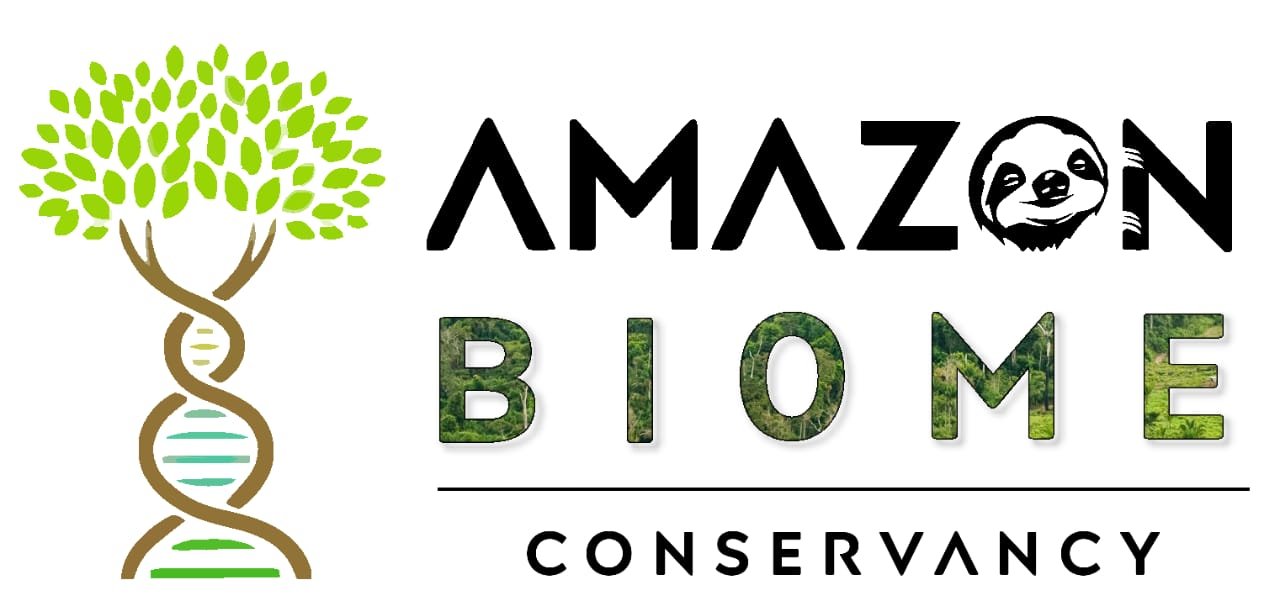JOIN OUR GROWING COMMUNITY
GUARDIANS OF THE AMAZON: MONTHLY GIVING PROGRAM
Our monthly giving program, Guardians of the Amazon, is a special group of individuals who are passionate about protecting the Amazon & it’s incredible biodiversity.
Please be invited to be part of a community of tree-planters, nature-lovers and social movers that are working together to restore the world’s natural wonder.
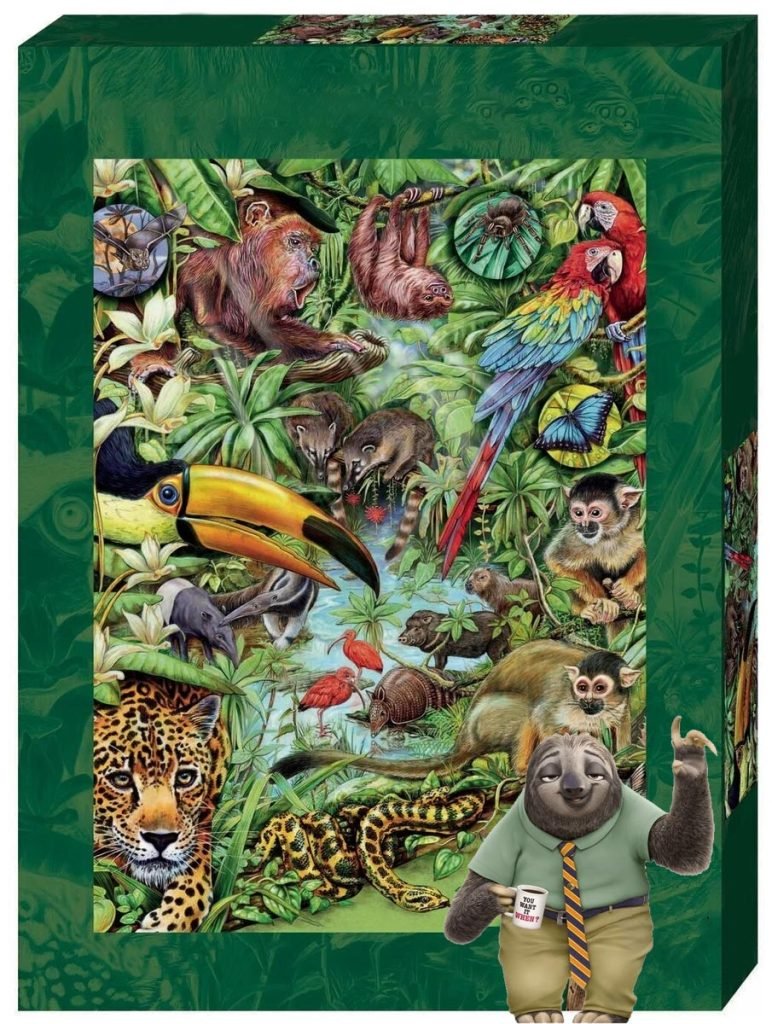
We operate right from the heart of the Amazon rainforest. We will be your eye of Amazon reporting the progress on the projects, keep you updated with the progress on the reforestation projects, fun facts & inspiring stories.
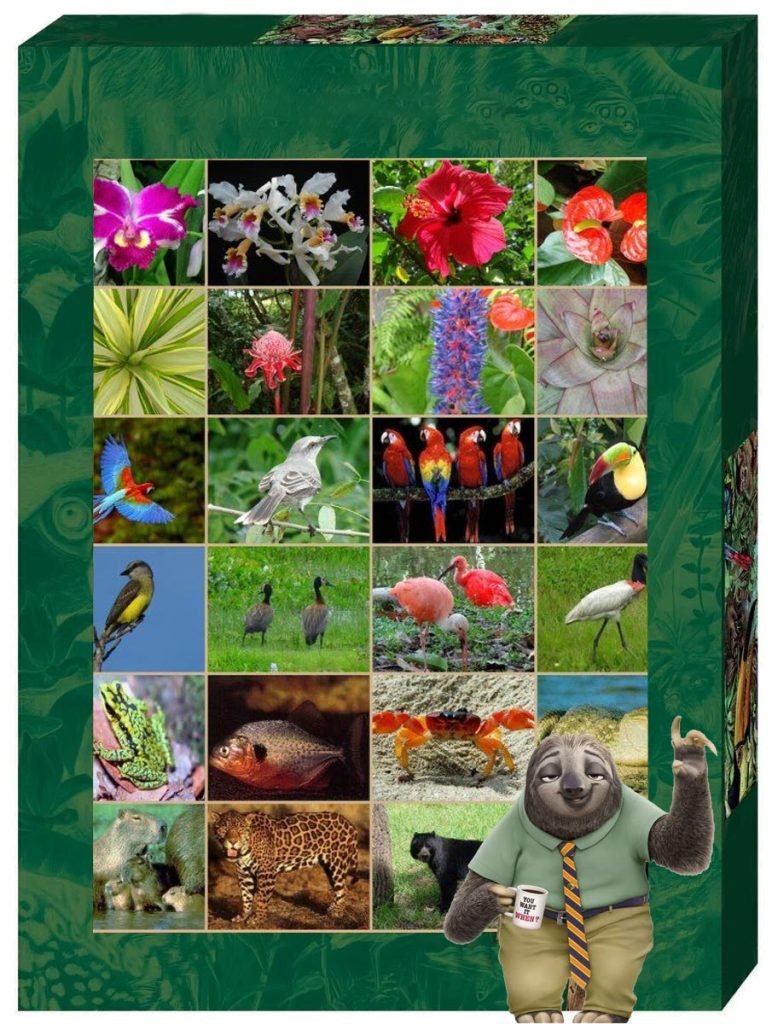
Our mission is long term. We calculate it will take over 7 years to bring the Amazon to a healthy state free from severe degradation. Therefore, we look for long-term partnerships with those who want to make a genuine and sustained commitment to our mission, create a legacy for themselves and be part of the movement of those solving one of the biggest environmental problems of this era.
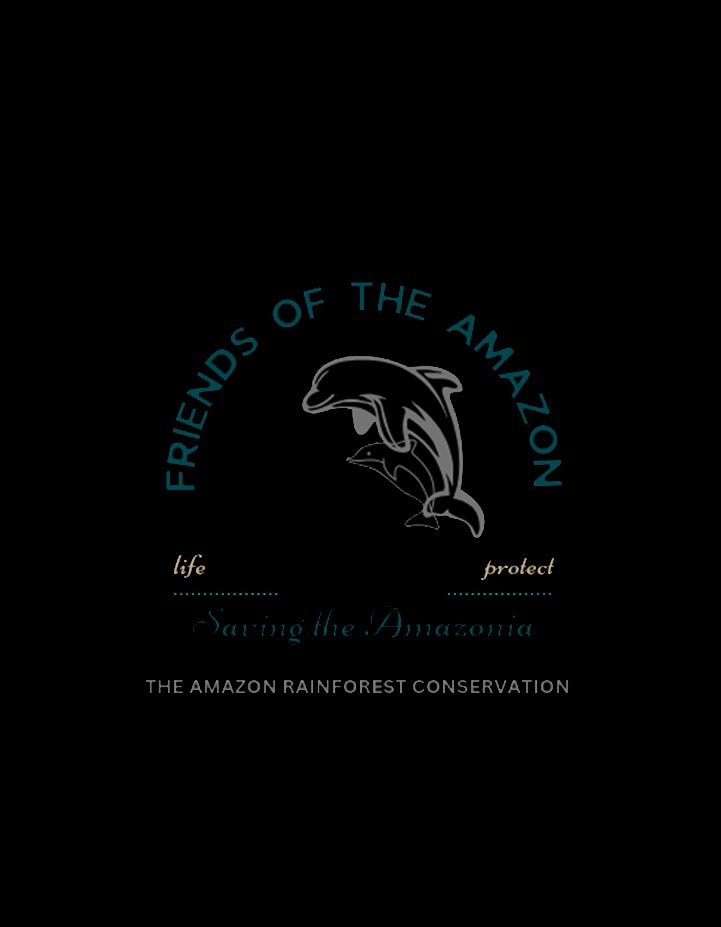
Friends - $9 USD
Adopt 1 tree a month
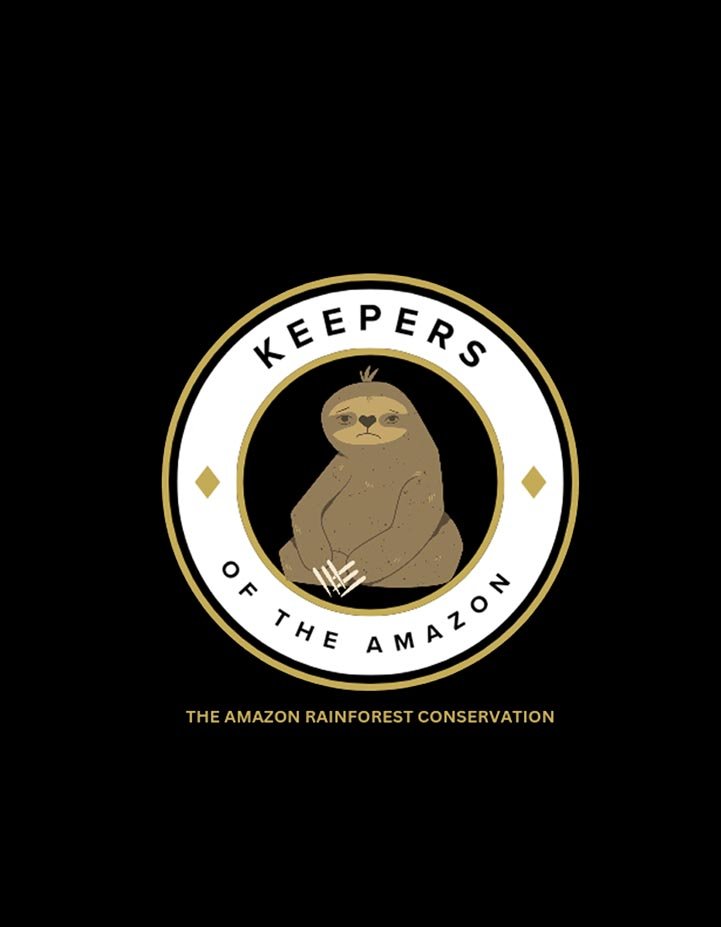
Defenders- $15 $18 USD
Adopt 2 trees a month.
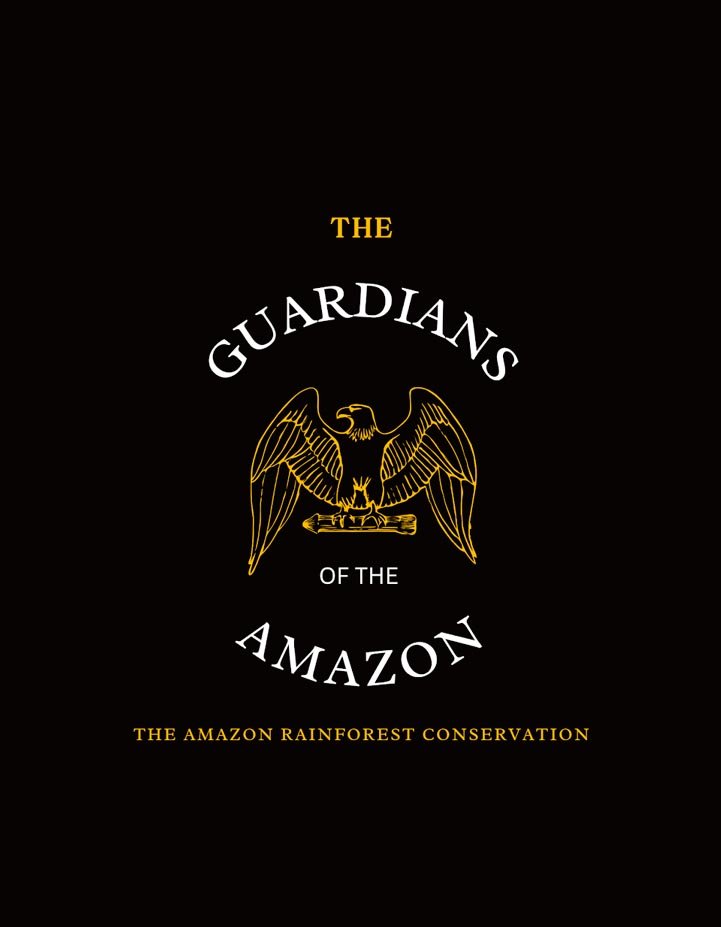
Guardians - $30 $36 USD
Adopt 4 tree a month.
- YOUR PACK WILL INCLUDE
- IMPACT
- TREE SPECIES
- INDIGENOUS
- Photos showcasing your trees, bearing the name of the honoreeˆ
- A certificate* recognizing your contribution bearing your name
- An Amazonian themed e-postcard (storytelling!) with a personalised messageº
- The geo location & Info on the Amazonian community planted your tree.
- A document detailing the various exotic species we plant in the Amazon.
- A social media post (Amazonian theme) designed for you to inspire others*
- A beautifully handcrafted gift made in Amazonia (for 24 trees+ adopted)
*examples – see photos above ˆusing recycled materials ºoptional
- The Amazon is an enduring symbol of nature’s grandeur.
- Many thousands of species depend on the Amazon for their survival, including humans.
- The Amazon is dying. 75% of the forest is losing its resilience.
- Reforestation is a vital strategy for restoring biodiversidad habitat.
- Together we are changing the world for the better.
You are making a positive impact exactly where it is needed the most.
Flora:– Tucumã (Astrocaryum spp.):
– Tucumã fruits are not only nutritious but also used by indigenous communities to make traditional beverages and desserts.
– Tucumã palm leaves are used for crafting traditional handicrafts, such as baskets and roofing materials.
– Tucumã trees have a lifespan of up to 50 years and can produce fruit multiple times throughout the year.
– Ceiba (Ceiba pentandra):
– Ceiba trees are considered a keystone species, providing food, shelter, and nesting sites for numerous animals.
– The fluff from Ceiba seed pods was historically used as stuffing for life jackets and mattresses due to its buoyancy and softness.
– Ceiba trees can live for over 500 years and are revered by indigenous cultures as sacred symbols of life and fertility.
– Açaí (Euterpe oleracea):
– Açaí berries have been a staple food in the diet of Amazonian tribes for centuries, providing sustained energy for hunting and gathering.
– Açaí palms are important for maintaining soil stability along riverbanks, preventing erosion and maintaining water quality.
– Açaí palms can grow up to 25 meters tall and produce fruit year-round, with each tree capable of yielding hundreds of pounds of berries annually.
– Andiroba (Carapa guianensis):
– Andiroba oil is not only used in traditional medicine but also in cosmetics for its moisturizing and anti-inflammatory properties.
– Andiroba trees are often planted as shade trees in agroforestry systems, providing habitat for beneficial insects and birds.
– Andiroba trees produce fragrant flowers that attract pollinators such as bees and butterflies, contributing to ecosystem biodiversity.
– Mahogany (Swietenia macrophylla):
– Mahogany trees have a long lifespan, with some individuals living for over 200 years.
– Mahogany wood is highly resistant to decay and insect damage, making it prized for outdoor furniture and boat building.
– Mahogany trees provide valuable habitat for a variety of wildlife species, including birds, bats, and insects, enhancing forest biodiversity.
– Copaiba (Copaifera spp.):
– Copaiba resin has been used by indigenous peoples for centuries to treat wounds, inflammation, and respiratory ailments.
– Copaiba trees produce resin year-round, making them a sustainable source of natural medicine for local communities.
– Copaiba trees are nitrogen fixers, enriching the soil with essential nutrients and promoting the growth of other plant species in their vicinity.
– Aguaje (Mauritia flexuosa):
– Aguaje fruits are an important food source for various wildlife species, including macaws, monkeys, and tapirs.
– Aguaje palm leaves are used for weaving baskets, hats, and other handicrafts by indigenous communities.
– Aguaje palms play a crucial role in the Amazonian ecosystem by stabilizing riverbanks, preventing erosion, and providing habitat for aquatic species.
– Victoria Regia (Victoria amazonica):
– Victoria Regia leaves can support the weight of a small child, providing a natural platform for fishing and bathing in some Amazonian communities.
– Victoria Regia flowers are pollinated by beetles attracted to their strong fragrance and white coloration.
– Victoria Regia seeds are buoyant and can float for long distances, helping to disperse the plant to new areas of the river ecosystem.
– Pará Chestnut (Bertholletia excelsa):
– Pará chestnuts have a thick, woody shell that requires specialized tools or animals to crack open, such as agoutis or capuchin monkeys.
– Pará chestnuts are an important source of income for indigenous communities who collect and sell them in local markets.
– Pará chestnut trees have deep roots that help stabilize the soil and prevent erosion, contributing to the health of the rainforest ecosystem.
– Guarana (Paullinia cupana):
– Guarana seeds contain caffeine and other stimulants, providing a natural energy boost when consumed.
– Guarana is often used in traditional medicine to alleviate fatigue, improve concentration, and treat headaches.
– Guarana fruits have a tart flavor and are used to make a popular Brazilian soda called “Guaraná Antarctica,” enjoyed by people of all ages.
– Seringueira (Hevea brasiliensis):
– Seringueira latex is processed into rubber sheets and exported worldwide for use in tires, gloves, and other rubber products.
– Seringueira trees have a latex production cycle that lasts for about 25 years, after which they are typically replaced with new saplings.
– Seringueira seeds contain oil that is used in the manufacture of resins, varnishes, and paints, contributing to the industrial economy of the Amazon region.
– Camu Camu (Myrciaria dubia):
– Camu Camu fruits are so acidic that they are typically sweetened before consumption, often used in juices, smoothies, and desserts.
– Camu Camu trees are often planted along riverbanks to stabilize soil and prevent erosion, benefiting both humans and wildlife.
– Camu Camu fruits are rich in antioxidants and vitamin C, making them a popular ingredient in health supplements and beauty products.
– Cumarú (Dipteryx odorata):
– Cumarú seeds are used in traditional medicine to treat fevers, headaches, and digestive issues in some indigenous cultures.
– Cumarú wood is highly valued for its aromatic properties and is used in the production of high-end furniture and musical instruments.
– Cumarú trees are pollinated by bees and other insects attracted to their fragrant flowers, which bloom in clusters and emit a sweet scent.
– Copal (Copaifera spp.):
– Copal resin has been used for thousands of years in religious ceremonies, as incense, and in traditional medicine practices.
– Copal trees are often planted in agroforestry systems to provide shade and improve soil fertility, benefiting crop yields.
– Copal resin has antimicrobial properties and is used to purify the air and ward off insects in traditional Amazonian households.
– Guayacán or Ipe (Tabebuia spp.):
– Guayacán wood is so dense and durable that it sinks in water, making it highly sought after for outdoor decking and construction.
– Guayacán trees produce vibrant flowers in shades of pink, purple, or yellow, attracting pollinators such as bees and butterflies.
– Guayacán bark is used in traditional medicine to treat arthritis, inflammation, and other ailments, with the inner bark containing compounds with anti-inflammatory properties.
Diverse tribes: The Amazon shelters more indigenous tribes than anywhere else on Earth, with hundreds of groups and languages. Over 2 million people live in the Amazon, belonging to hundreds of distinct tribes.
Uncontacted people: Perhaps the most intriguing aspect are the estimated 50-80 uncontacted tribes, who choose to live isolated from the outside world. They have minimal to no contact with outsiders and live deep within the rainforest.
Guardians of the Rainforest: Indigenous tribes play a vital role in protecting the Amazon rainforest. Their sustainable practices and deep knowledge of the ecosystem are essential for preserving this critical biome.
Linguistic tapestry: Due to the isolation and diversity, hundreds of indigenous languages are spoken in the Amazon.
Masters of the Forest: Over thousands of years, indigenous tribes have developed a deep understanding of the rainforest ecosystem. They have sophisticated techniques for hunting, gathering, and sustainable living in this challenging environment.
Threats to Survival: The Amazon rainforest and its people face numerous threats, including deforestation, resource extraction, and disease. These threats endanger the traditional way of life of indigenous tribes.
Natural Pharmacies: Rainforest plants play a vital role in tribal medicine. Indigenous people have extensive knowledge of medicinal plants and their uses, with some plants forming the basis of modern medicines.
Sustainable Living: A core principle of many tribes is living in harmony with the rainforest. They have developed sustainable hunting and gathering practices to ensure the continued health of the forest and its resources.
Blowguns and Darts: A traditional weapon of many tribes is the blowgun. These long, hollow tubes shoot small darts tipped with toxins or currarre (plant poisons) for hunting.
Manioc Masters: A staple food of many tribes is manioc, a root vegetable. Tribes have developed techniques to cultivate and process manioc into flour and bread.
Body Adornment: Many tribes adorn their bodies with feathers, paint, and other decorations. These decorations can have cultural, social, and religious significance.
Hunting Techniques: Indigenous tribes have a variety of hunting techniques, including using traps, spears, and bows and arrows. Their deep knowledge of animal behavior allows for successful hunting.
Fishing Expertise: Fishing is another important source of food for tribes. They use techniques such as nets, traps, and spears to catch fish in the rivers and streams.
Social Harmony: Many tribes have a strong sense of community and social cohesion. Decisions are often made by consensus, and elders are respected for their knowledge and experience.
Spiritual Connection: The rainforest is central to the spiritual beliefs of many tribes. They believe that spirits inhabit the forest and play a role in their lives.
